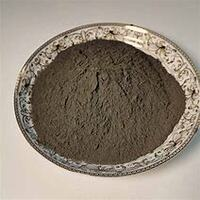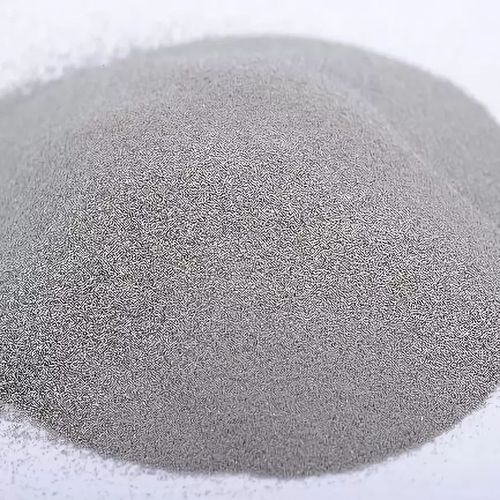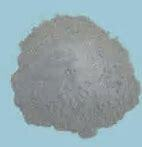1. Introduction
When most people hear ‘titanium,’ they think of strong, lightweight bike frames or luxury watches. But behind the scenes, a far more specialized form—titanium powder—is quietly revolutionizing advanced manufacturing. Unlike bulk titanium metal, titanium powder enables precision techniques like 3D printing, where complex geometries and material efficiency are critical. From jet engines to custom hip implants, titanium powder uses span some of the most demanding industries on Earth. And with growing interest in additive manufacturing, questions like ‘titanium powder for 3D printing price’ or ‘where to buy titanium powder’ are becoming increasingly common among engineers and procurement specialists.

2. Titanium Powder in Additive Manufacturing
Additive manufacturing—more commonly known as 3D printing—has become one of the most significant drivers of demand for titanium metal powder. Specifically, spherical titanium powder produced via gas atomization is preferred for its flowability and packing density, which are essential for consistent layer deposition in laser-based systems like selective laser melting (SLM). Among the most widely used materials is Ti6Al4V powder (also called Ti64 powder), a titanium alloy powder prized for its excellent strength-to-weight ratio, corrosion resistance, and biocompatibility. This makes it ideal not just for aerospace components but also for patient-specific medical implants.
The cost of entry isn’t trivial: titanium powder for 3D printing price can range from $300 to over $600 per kg, depending on purity, particle size distribution, and whether it’s virgin or recycled material. Pure titanium powder is slightly less expensive but lacks the mechanical enhancements of alloys like Ti6Al4V. Buyers often search for ‘titanium powder price per kg’ or ‘ti6al4v powder price’ when budgeting for large-scale production. Reputable titanium powder suppliers typically offer both HDH (hydride-dehydride) and gas atomized titanium powder, with the latter commanding a premium due to its superior sphericity and performance in high-end printers.

3. Beyond 3D Printing: Other Niche Applications
While additive manufacturing dominates headlines, titanium powder has several other sophisticated uses. Titanium nitride powder and titanium carbide powder are employed as hard coatings or additives in cutting tools and wear-resistant components. Similarly, titanium diboride powder (TiB2 powder) and titanium boride powder serve in ceramic composites and cathodes for aluminum smelting due to their high melting points and electrical conductivity. In pyrotechnics, titanium flash powder creates brilliant white sparks—but this application requires extreme caution due to titanium dust’s potential pyrophoricity.
Another emerging area involves nano-engineered materials. Tio2 nano powder (titanium dioxide nanopowder) is used in sunscreens, photocatalysts, and even antimicrobial coatings. Though chemically distinct from metallic titanium powder, it’s often grouped under broader ‘titanium powder’ searches, leading to confusion. Meanwhile, specialty blends like titanium coated diamond powder enhance thermal conductivity in electronics, and burnt titanium powder coat finishes offer unique aesthetic effects in architectural metals.

4. Market Considerations: Price, Supply, and Alternatives
Understanding titanium powder cost involves more than just checking a catalog. Factors like global supply chains, raw material availability (e.g., titanium sponge), and processing methods heavily influence titanium metal powder price. International titanium powder markets are sensitive to geopolitical shifts, and buyers looking to ‘buy titanium powder’ must vet suppliers carefully for certifications like ASTM or ISO standards.
Interestingly, titanium isn’t the only refractory metal powder gaining traction. Molybdenum powder (often called moly powder) and tungsten powder are frequently compared due to overlapping applications in high-temperature environments. Molybdenum disulfide powder (MoS2 powder) serves as a dry lubricant, while tungsten carbide powder is essential for cutting tools and armor-piercing rounds. Companies like Global Tungsten & Powders Corporation dominate the tungsten space, offering everything from pure tungsten powder to fused tungsten carbide powder. Although these materials differ chemically, procurement teams often evaluate them alongside titanium options based on density, melting point, and cost—especially when designing components for extreme conditions.
5. Safety and Handling
Despite its many benefits, titanium powder demands careful handling. Fine titanium dust can be flammable or even explosive under certain conditions, particularly when dispersed in air. Proper storage in inert atmospheres and adherence to OSHA guidelines are non-negotiable in industrial settings. Additionally, while tio2 powder is generally recognized as safe in consumer products, inhalation of metallic titanium nanopowder poses potential respiratory risks—another reason why professional-grade handling protocols are essential.
6. Conclusion
Titanium powder is far more than a raw material—it’s an enabler of next-generation technology. Whether you’re exploring titanium powder for sale for a biomedical startup or comparing ti powder price against molybdenum powder uses in furnace components, understanding its properties, applications, and market dynamics is crucial. As additive manufacturing continues to evolve and industries push the limits of material science, titanium powder—and its alloyed, nano, and composite forms—will remain at the forefront of innovation.
Our Website founded on October 17, 2012, is a high-tech enterprise committed to the research and development, production, processing, sales and technical services of ceramic relative materials such as What. Our products includes but not limited to Boron Carbide Ceramic Products, Boron Nitride Ceramic Products, Silicon Carbide Ceramic Products, Silicon Nitride Ceramic Products, Zirconium Dioxide Ceramic Products, etc. If you are interested, please feel free to contact us.
